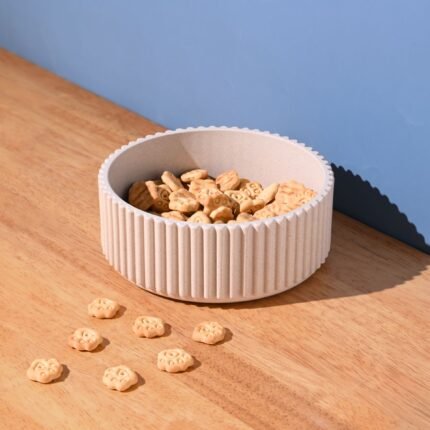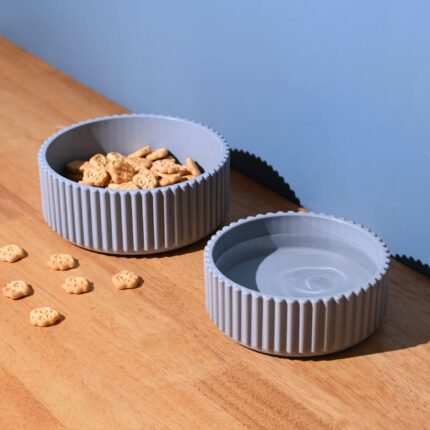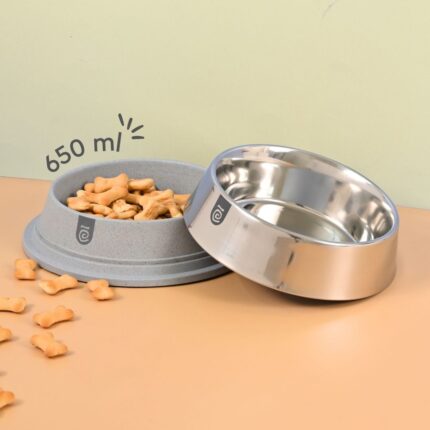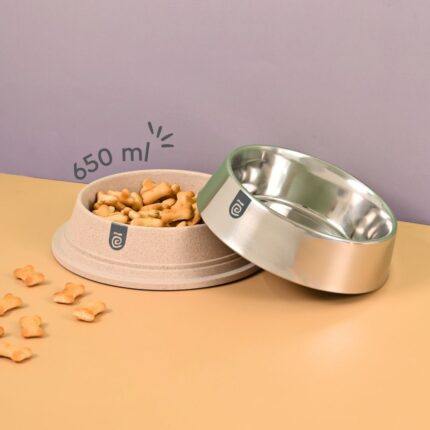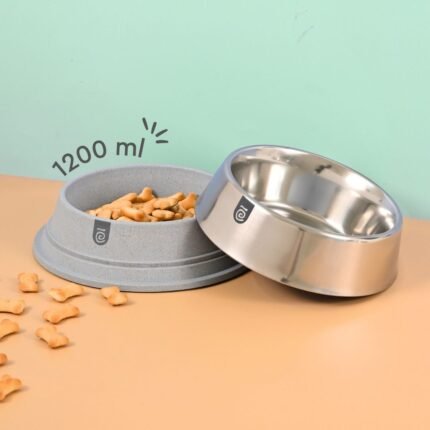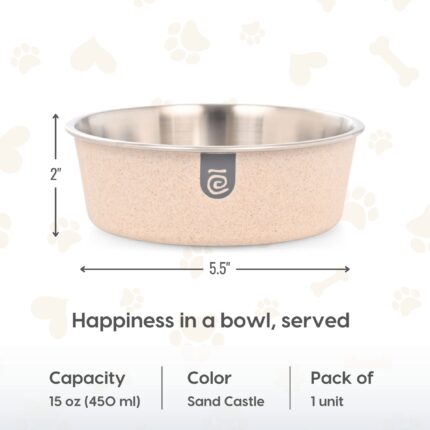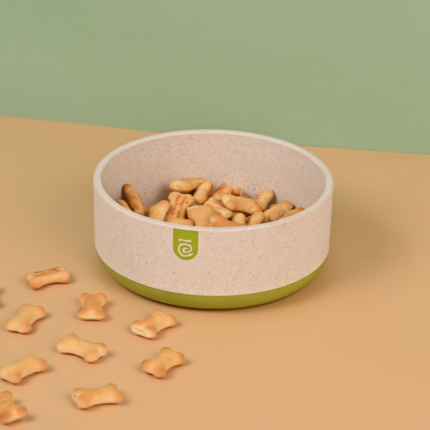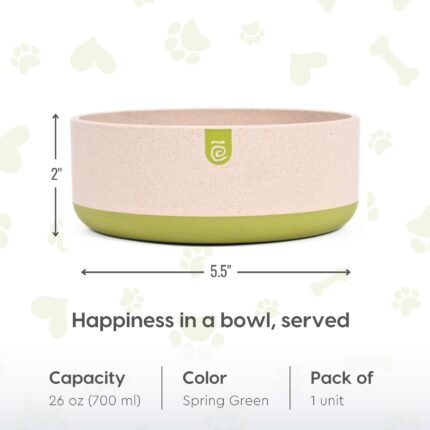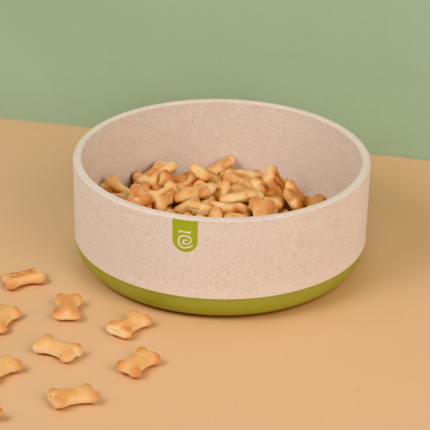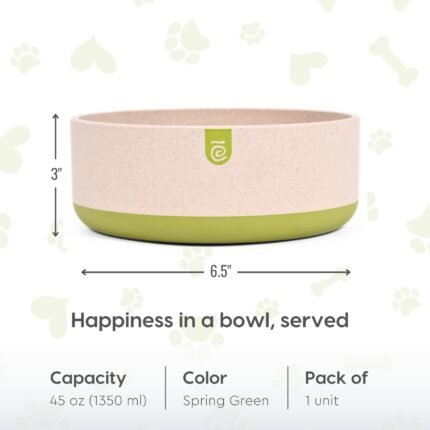Seasonal Sneezes: Managing Environmental Allergies in Pets

Seasonal Sneezes: Managing Environmental Allergies in Pets
Allergies can manifest in various ways, from environmental triggers to dietary sensitivities, often leaving pets itchy and uncomfortable.
Ever notice your furry friend scratching more than usual when spring rolls around? Or maybe they get watery eyes and a runny nose every autumn? You’re not alone. It’s frustrating, right? Watching your beloved companion suffer through those itchy, uncomfortable bouts of seasonal allergies can feel pretty helpless. We get it. Many pet parents come to us asking, “Why is my dog constantly licking their paws?” or “What’s making my cat sneeze so much this time of year?” It’s a common worry, and one we hear a lot.
The truth is, just like us, our pets can be susceptible to environmental allergies. These aren’t just minor irritations; they can significantly impact your pet’s comfort and overall well-being. Think about pollen from flowering trees, grasses, and weeds, or even mold spores that thrive in damp conditions. These microscopic particles become airborne and, when inhaled or making contact with skin, can trigger an immune response in sensitive pets. And trust us, when those allergies on skin flare up, it’s no fun for anyone.
Understanding the Enemy: What Are Environmental Allergies?
So, what exactly are we talking about when we say environmental allergies? In simple terms, it’s your pet’s immune system overreacting to something harmless in their environment. Imagine walking through a field of wildflowers and your nose just decides, “Nope, not today!” That’s kind of what’s happening to your pet. Their body identifies common airborne substances – like pollen from the mango trees blooming in Bengaluru, or dust mites lurking in your carpets – as threats. This triggers a cascade of reactions, often resulting in itching, redness, swelling, and sometimes even secondary infections.
For example, our customer, Rima from Electronic City, recently shared her struggle with her Golden Retriever, Buddy. Every October, when the paddy fields around her village start preparing for harvest (and sometimes even the smoke from occasional crop-burning drifts in), Buddy would develop red, raw patches of allergies on skin around his belly and paws. It was heartbreaking for her. After a lot of trial and error, including veterinary visits and some adjustments to their home environment, Buddy is doing much better. This isn’t just about medications; it’s about a holistic approach to managing their environment.
Identifying the Signs: Are Those Allergies on Skin or Something Else?
It can be tricky to pinpoint environmental allergies because their symptoms often mimic other conditions. However, there are some tell-tale signs to watch out for:
Excessive Itching: This is probably the most common symptom. Your pet might scratch constantly, rub against furniture, or scoot across the floor.
Licking and Chewing: Obsessive licking of paws, legs, or other body parts can be a sign of discomfort.
Red, Inflamed Skin: Look for redness, rashes, or hot spots, especially on the belly, armpits, inner thighs, and paws. This is a classic sign of allergies on skin.
Hair Loss: Persistent scratching and licking can lead to patches of hair loss.
Ear Infections: Recurring ear infections (shaking head, scratching ears, foul odor) are surprisingly common with environmental allergies.
Watery Eyes or Nasal Discharge: While less common than skin issues, some pets can experience respiratory symptoms.
Gastrointestinal Upset: Though rarer for environmental allergies, some pets might experience vomiting or diarrhea.
If you notice any of these signs, especially if they are seasonal, it’s a good idea to chat with your vet. They can help rule out other issues and guide you towards a diagnosis.
Tackling Seasonal Pet Allergies: Practical Steps for Your Home
Once you suspect environmental pet allergies, there’s a lot you can do right at home to ease your pet’s discomfort. Think of it as creating a healthier, more sustainable sanctuary for them.
- Create an Allergen-Reduced Zone:
This is where your choice of home products can make a real difference.
Flooring: If you have carpets, consider replacing them with hard flooring like tile or wood, which are easier to clean and don’t trap as many allergens. If that’s not feasible, invest in a good quality vacuum with a HEPA filter and vacuum frequently.
Bedding: Use washable pet beds and wash them weekly in hot water. Look for beds made with natural, hypoallergenic materials. Use pet beds crafted from upcycled cotton scraps, reducing waste and providing a breathable, comfy spot for your pet.
Air Filtration: High-efficiency particulate air (HEPA) filters in your home can significantly reduce airborne allergens. Consider a good air purifier, especially in the rooms where your pet spends the most time.
- Smart Grooming Practices:
Regular grooming is your first line of defense against allergens clinging to your pet’s coat.
Bathing: Bathe your pet with a vet-recommended hypoallergenic shampoo. This helps wash away pollen, dust, and other irritants from their skin and fur. We even have customers who use our larger, reusable storage bins for mixing warm water and pet-friendly shampoo – a simple hack for a cleaner bath time!
Paw Wipes: After outdoor excursions, wipe your pet’s paws and coat with a damp cloth or pet-friendly wipes. This prevents allergens from being tracked into your home.
Brushing: Regular brushing, ideally outdoors, helps remove loose fur and dander, which can also be a source of allergens.
- Dietary Adjustments and Supplements:
A strong immune system starts in the gut. While food allergies are distinct from environmental ones, a healthy diet can support overall skin and coat health, making your pet less susceptible to irritation from environmental allergies.
Omega-3 Fatty Acids: Supplements like fish oil can help reduce inflammation and improve skin barrier function, making it harder for allergens to penetrate the allergies on skin.
Probiotics: A healthy gut microbiome can positively influence the immune system.
Limited Ingredient Diets: Sometimes, though not directly for environmental allergies, ruling out food sensitivities can help improve overall skin health.
- Home Products with a Purpose: Supporting a Healthier Environment
At eha, we believe that what you bring into your home should not only be functional but also contribute to a healthier planet. This ethos extends to managing pet allergies.
Sustainable Cleaning Supplies: Instead of harsh chemicals that can further irritate sensitive pets (and the planet!), opt for eco-friendly, non-toxic cleaning products. Many of our customers use our durable cups and mugs not just for beverages, but also for measuring homemade, natural cleaning solutions!
Smart Storage Solutions: Keeping pet toys, bedding, and food in sealed, airtight storage containers made from recycled or biomaterials can prevent dust and allergen buildup. This isn’t just about neatness; it’s about minimizing exposure.
Natural Fiber Textiles: When choosing throws or blankets for your furniture where your pet loves to lounge, consider natural fibers like organic cotton or hemp. They tend to be more breathable and less likely to trap allergens than synthetic materials. Plus, they support fair trade practices!
Indoor Plants for Air Quality: Certain houseplants can act as natural air purifiers. However, be mindful of pet-toxic plants. Our range of ceramic pots and planters are perfect for these green companions, adding a touch of nature while potentially aiding air quality. Choose plants that help with reducing carbon footprint inside your home.
The Long Game: Building Resilience Against Pet Allergies
Managing pet allergies is often a long-term commitment, not a quick fix. It’s about creating a lifestyle that supports your pet’s well-being and strengthens their natural defenses.
Think about it like this: if you’re constantly exposed to something that makes you sneeze, you’d try to avoid it, right? The same principle applies to our pets. By making conscious choices about the products we use and the environment we create, we can significantly reduce their exposure to allergens. This aligns perfectly with the principles of a circular economy, where we minimize waste and maximize the utility of resources. Reusing items, opting for durable products, and choosing items made from upcycled materials are small steps that contribute to both a healthier pet and a healthier planet. Every little bit of conserving resources helps.
Remember Buddy, Rima’s Golden Retriever? Beyond the baths and air purifiers, Rima started using tableware made from bamboo fibers for Buddy’s meals. She found that traditional plastic bowls were scratching easily, creating micro-crevices where allergens could hide. The smooth, easy-to-clean bamboo bowls (which are also a great example of using biomaterials) have made a difference. It’s the little things that add up.
Final Thoughts: Your Pet’s Comfort is Our Priority
Dealing with seasonal allergies in pets can be challenging, but it’s definitely manageable. By being proactive, observing your pet closely, and making thoughtful choices about your home environment, you can significantly improve their quality of life. At eha.eco we’re passionate about offering products that not only serve a purpose but also contribute to a more sustainable and comfortable life for both you and your furry companions. After all, a happy pet makes a happy home, and that’s something we all strive for. We’re here to help you navigate these challenges with durable, sustainable solutions that truly make a difference. No pet parent should feel helpless when their fur baby is suffering from allergies.
Visit eha’s range of eco friendly pet bowls to choose from products made with biocomposite materials using crop-waste such as rice husk, bamboo fibers and coffee husk.
If you are looking at developing new range of dog dish for your pets, speak to experts at Mynusco.










